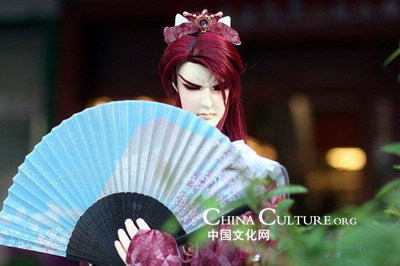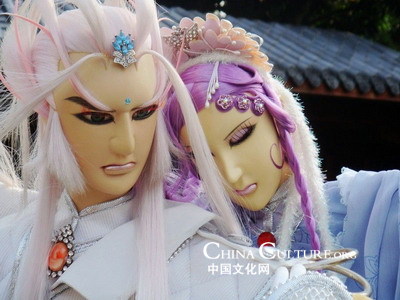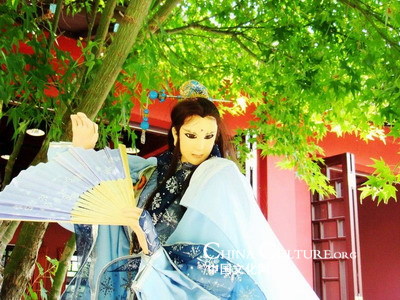|
Ye Xiao Chai
He is a long-haired and scar-faced man. This, combined with his dumbness, makes him cool and intriguing. He gains rich life experience and is a man of humble origins, adept in martial arts and with a strong sense of justice always ready to help the weak.

Luan Shi Kuang Dao
He is hot and chaotic, with a disposition for doing good and fostering justice. He loves his wife Mu Rong Chan deeply, willing to make any sacrifice for her. Later, he is appointed as the Successor to Taoism.

Review of history
Pili puppet show can be traced back to the late Ming Dynasty and the early Qing Dynasty around the 17th century in Quzhou or Zhangzhou in China's southern Fujian Province. Traditionally, the puppet's head is made of wood carved into the shape of a hollow human head. Aside from the head, palms and feet, which are made of wood, the puppet's torso and limbs consist entirely of cloth.
Waves of Chinese immigrants began to cross the Taiwan Strait from southern Fujian and Guangdong provinces to Taiwan in the early 1600s, bringing the folk-art form with them. Taiwan remained a rugged frontier society until the late 1800s, and in most areas the puppet show was the most popular form of entertainment. As a result of the initial immigration, it took on a brand-new style.

The current TV Pili puppet show series started in 1985, and still continues today.
|



